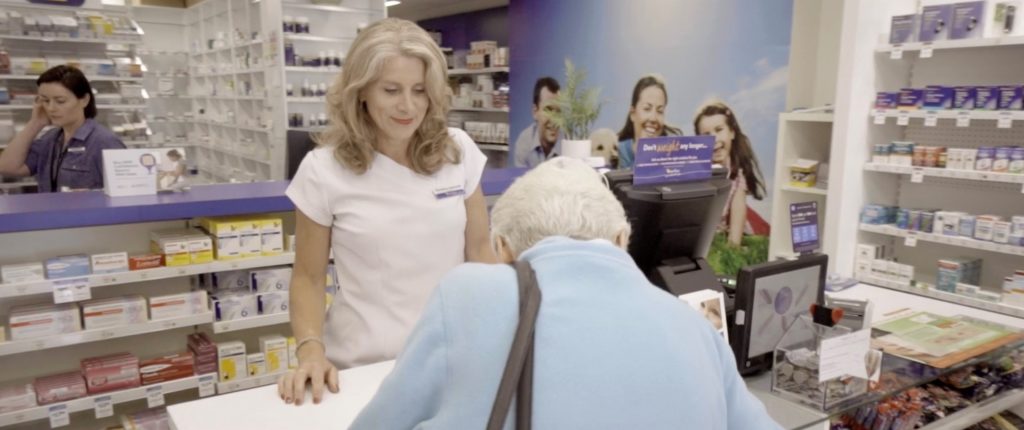When people need help from the Department of Health and Human Services in Victoria, Australia, they are often slogging through their toughest days.
Some are grappling with prescription drug abuse. Some are recovering from violence. Some are escaping homelessness.
“The department’s vision is to improve the health and wellbeing of all Victorians,” says Fiona Sparks, assistant director of strategy and design for DHHS. “We have many clients who, at times in their lives, really struggle. Our focus is shifting the trajectory of people’s lives.
“To do that, we need our workforce and our clients to have the very best technology – good tools, good systems – that are secure and that ensure information can be shared easily,” Sparks says.
DHHS executives are relying on Microsoft Azure and Dynamics 365 to fuel an array of new initiatives, including a program to address family violence in Victoria, the most densely populated state in Australia with more than 6 million residents.
That system tracks police responses to domestic assaults, instantly dispersing the information across the government ecosystem and reducing the time needed to get victims help, Sparks says.
“For anyone who’s experienced family violence, it can be traumatizing,” she says. “We want to make that experience much less stressful by ensuring we’ve got information shared across multiple services and that people don’t have to share their story over and over again.”

A pharmacist helps a customer in Victoria.
To improve health care, DHHS has launched a program called SafeScript. When physicians and pharmacists dispense medications like opioids, they get real-time alerts if those patients are prescribed drugs by other doctors.
“These medicines are a huge problem in our society and in many countries around the world where people are becoming addicted after medical treatment,” says Steve Hodgkinson, chief information officer for DHHS.
“A doctor or pharmacist needs to know what else is happening with this person in terms of their consumption of these medications,” Hodgkinson says. “The focus of our department is to encourage people to live the life they have the potential to live.”
